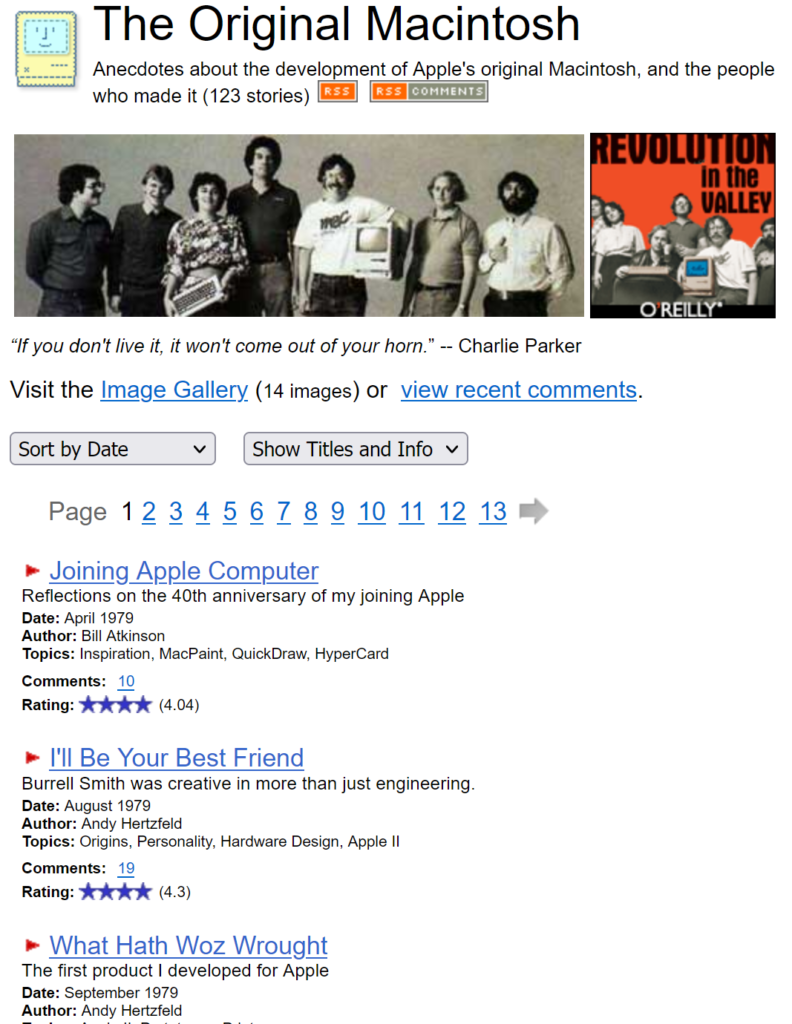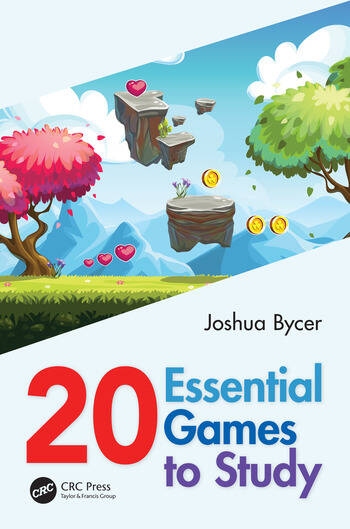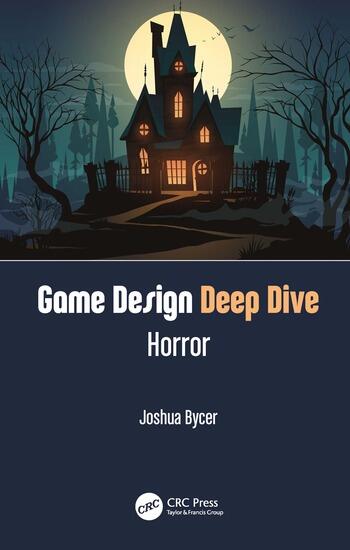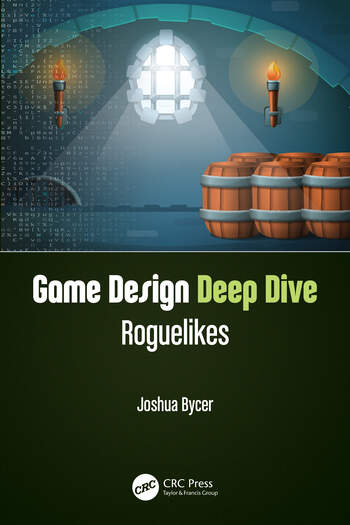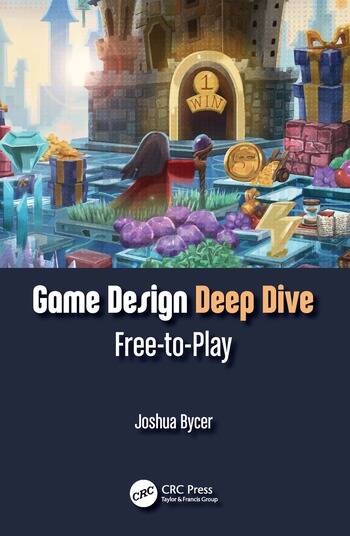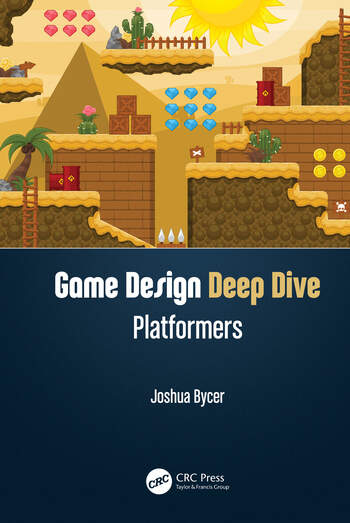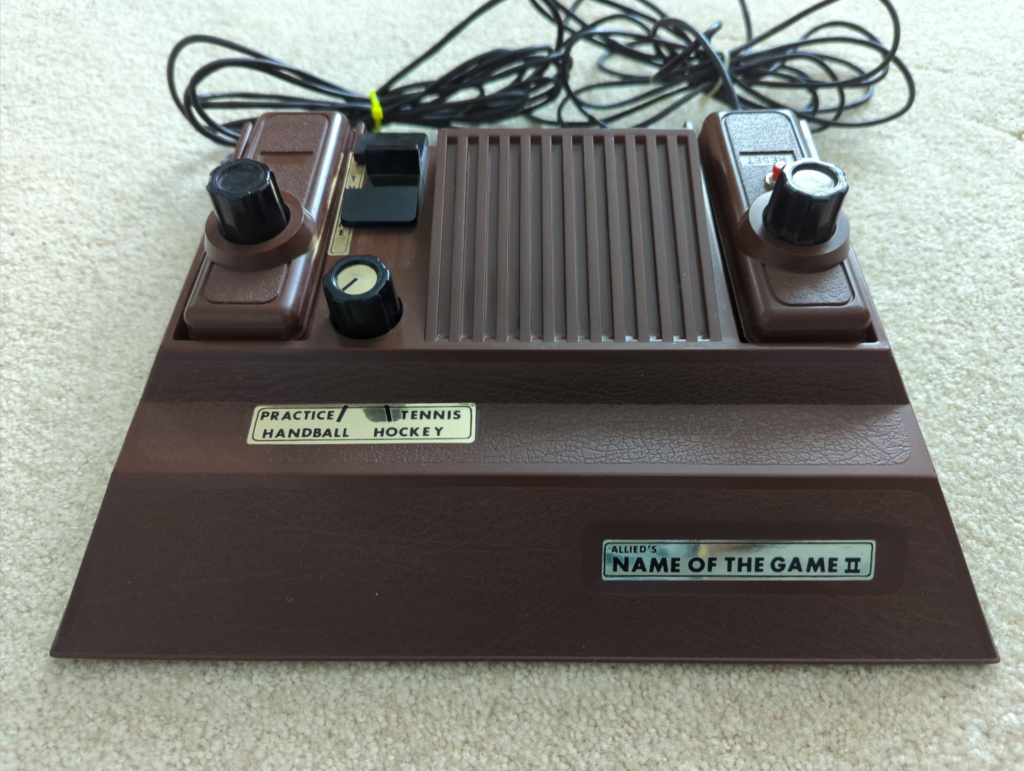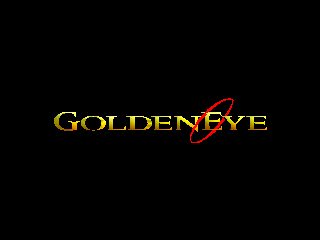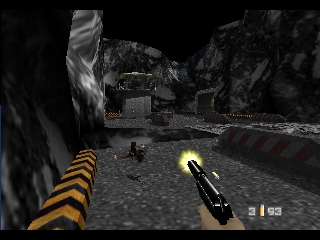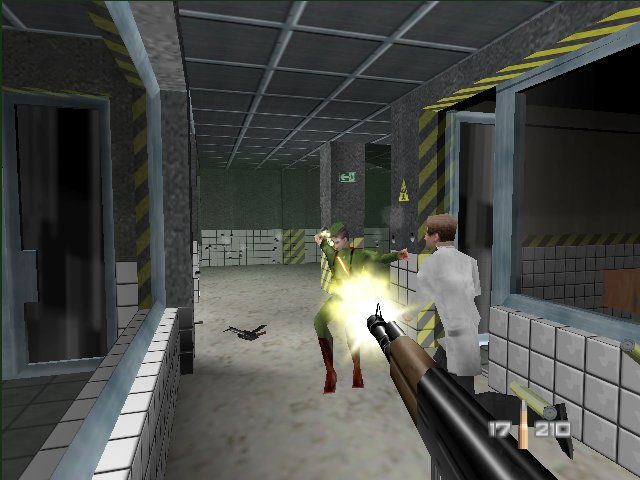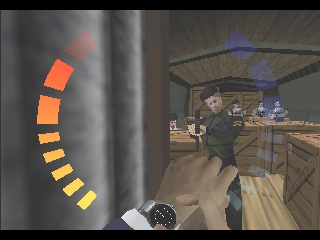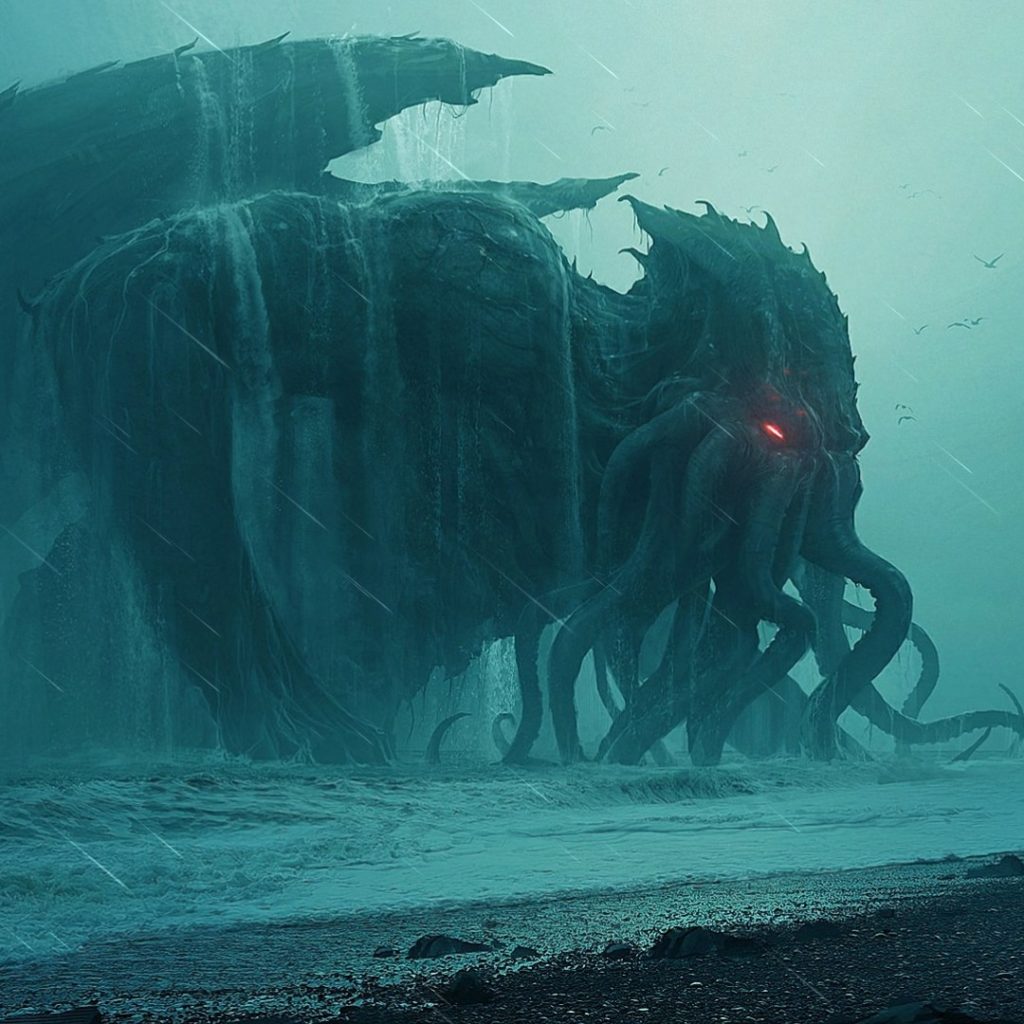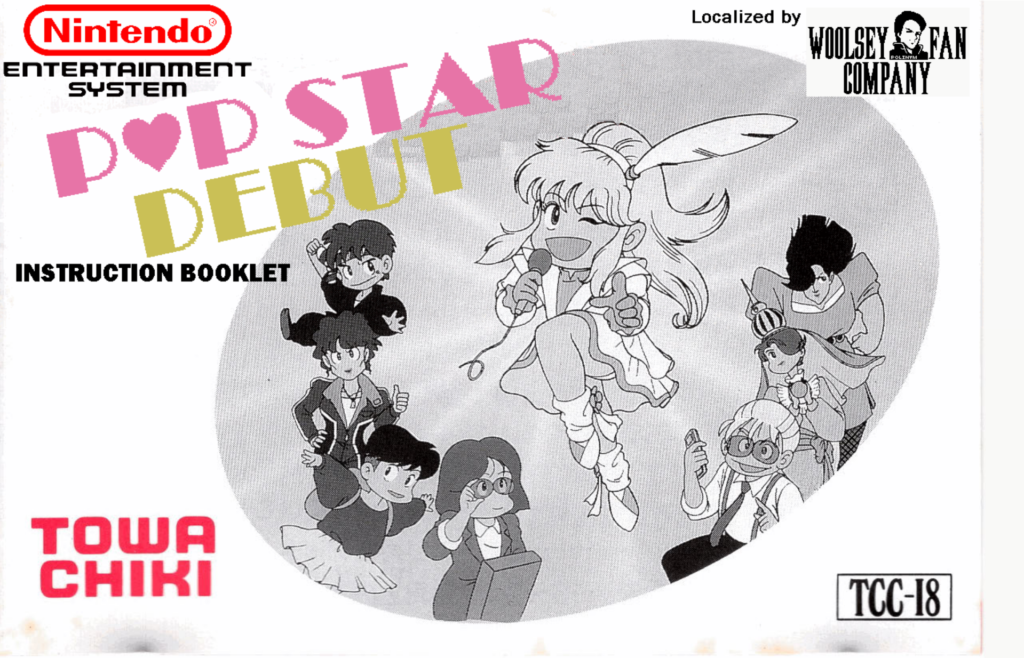Watching massive layoffs happening at multiple big tech companies, Wizards of the Coast’s current licensing debacle (it’s what, their third?), and the Age of Owner Idiocy happening over at Twitter, I think right now it’s worth going over some of the big game properties that have been harmed, ruined, wrecked and generally destroyed by clueless executive edicts.
For some reason MMORPGs are particularly rife with this. City of Heroes was a popular game that was shuttered completely because NCSoft decided they didn’t want to run it any more, at all, full stop. Oh, and no one else can run it either. I seem to remember, two long eons past, that WorldsAway, an early graphical service I was an avid member of once, was racked with management argument over whether it wanted to be a virtual world or a chat service, and in the process technology just left it behind.
This kind of thing happens all the time. Recently I was reminded by a Metafilter thread of the story of what happened to Star Wars Galaxies.
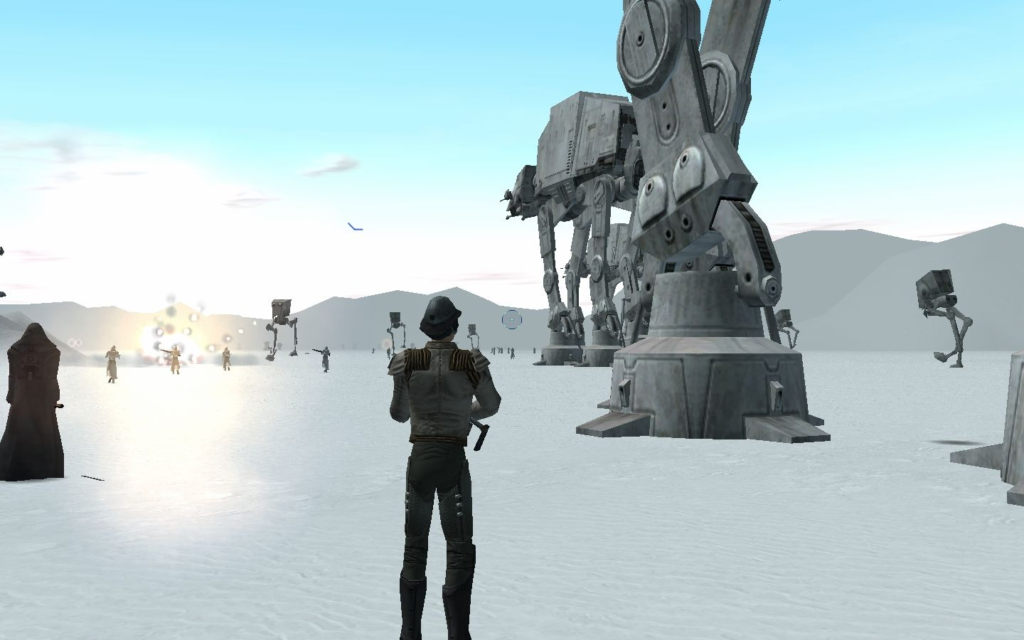
This recent article at PC Gamer is basically a love letter to Star Wars Galaxies’ early days. It highlights its great sense of immersion, something that has been lost from MMORPGs as World of Warcraft’s massive success drove everyone to make their games much easier to play, regardless of other factors. It also mentions its many design missteps, which make it seem almost inevitable in hindsight that, eventually, the game’s design would be completely overhauled.
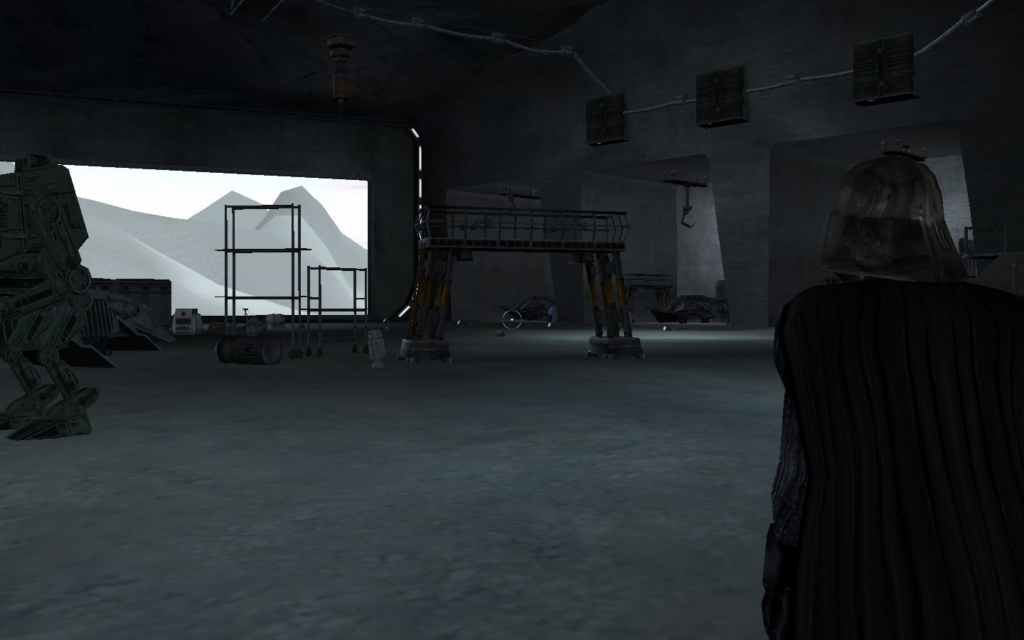
Before the change, called by the management the NGE, or New Game Enhancements, Star Wars Galaxies had a classless, skill-based system. Jedi powers, particularly, were notoriously difficult to unlock. They required that players find very rare Jedi Holochrons in the game that would tell them what they had to do to awaken the Force in their character. It was a demanding system that meant most players would never become Jedis, but it kept Jedi powers special, ensuring that they wouldn’t overwhelm the game universe, especially important since SWG was set at a time, between The Empire Strikes Back and Return of the Jedi, when Jedi were thought to be almost extinct.
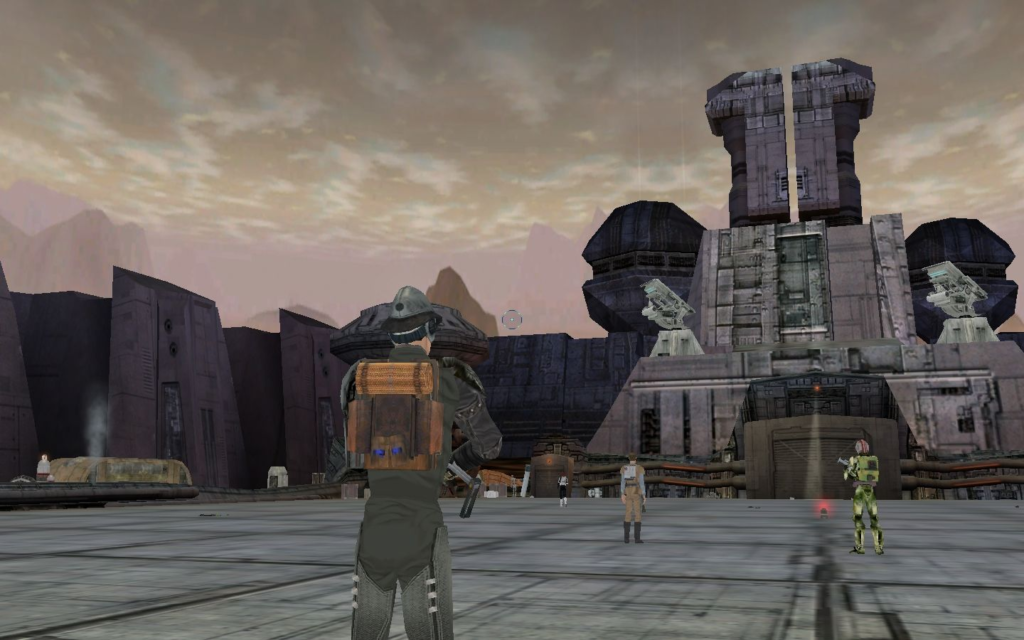
Lots of players wanted to be Jedi but couldn’t, but the game had become known for making a difficult design choice and sticking to their guns, and if players did achieve Jedihood, it accorded them a level of respect that was rare in MMORPGs. Anyone can reach max level in an MMORPG if they just spend enough time playing, but this was something special. And Jedi characters had permadeath on; if one perished, it was gone.
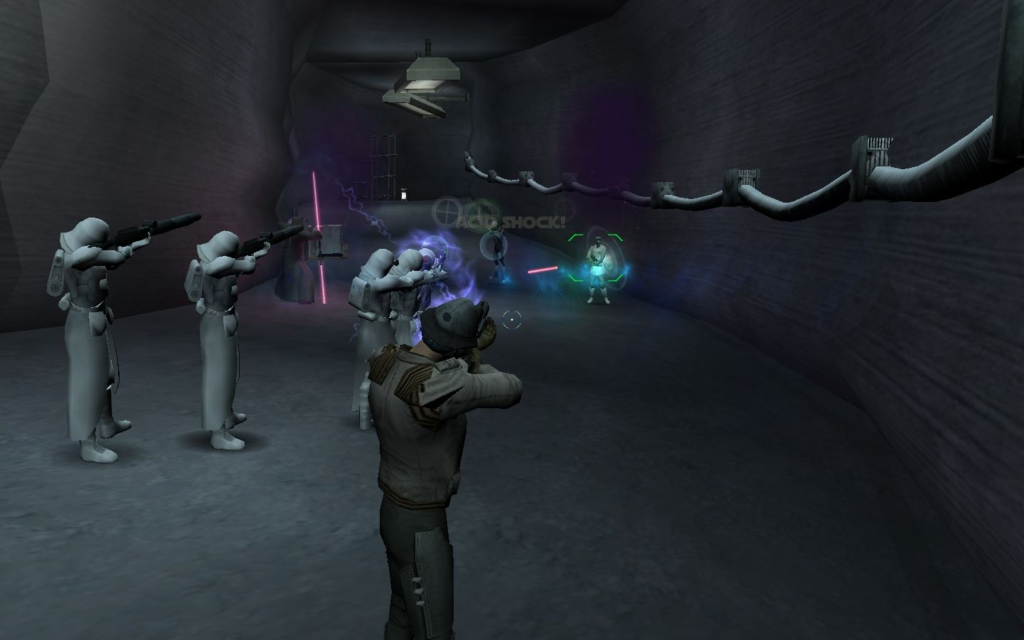
Among those that remember that period in MMORPG history, the New Game Enhancements are an infamous example of game mismanagement. Even now over a decade after the game’s closing, the fallout of Sony Online Entertainment’s decisions can still be found scattered throughout the internet. Here’s an article at Massively Overpowered. One at Wired. Engadget. An AMA with a former community manager on Reddit.
In short: the game switched to a class-based system, Jedi were made an ordinary starting class, and gameplay was made much more action-oriented. While locations remained the same, the underlying gameplay was completely changed. It immediately lost a large portion of its userbase. It gained some back over time, and continued along for six years after, but the popular perception was that it was a grave misstep.
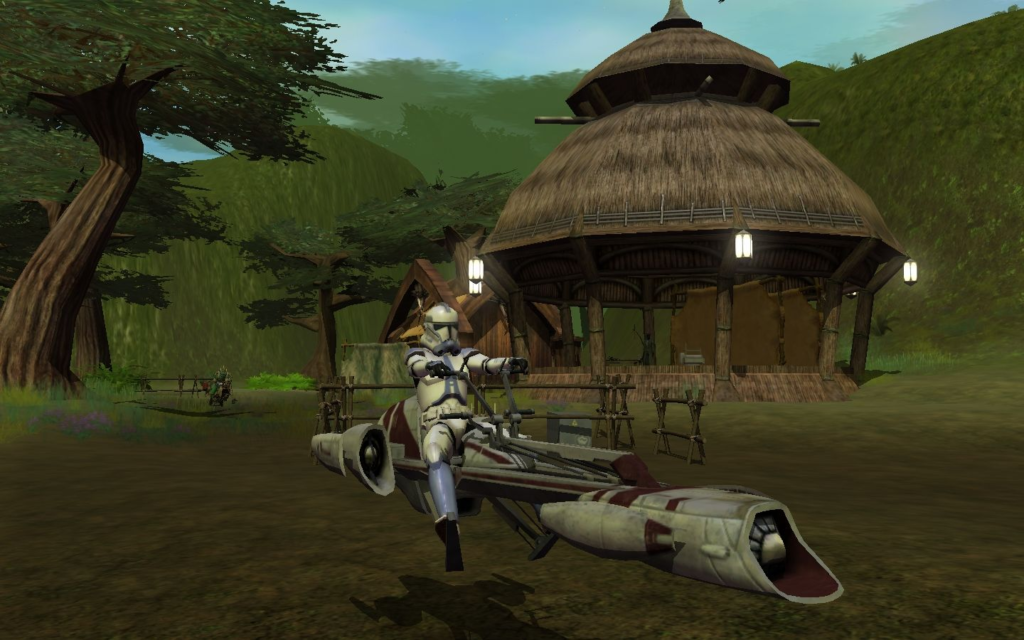
Server-based games like MMORPGs are in a difficult spot in cases like this: the pre-existing game basically ceases to exist, even for players who preferred it. There is no going back for them. People who didn’t enjoy that style of play had no choice but to like it or lump it. Meanwhile it has to build a membership anew based off of its new form, while overcoming all the negative press around its change of direction.
The pre-NGE Star Wars Galaxies spawned a fan recreation using the old gameplay soon after the gameplay changed, called SWGEmu, and it’s still running today with two servers. People who liked the later system, which was still in place when the game shut down, have had no recourse until relatively recently. Now a new fan-led effort, Star Wars Galaxies Legends, looks to revive the game as it stood when it closed, NGE systems and everything. SWGEmu’s website is just a forum system; SWGL’s, by contrast, is surprisingly slick by the typical standards of a fan project.
That’s a lot of words to write about a game that, in either form, I have never played, but that’s how much people care about Star Wars Galaxies, in both its forms, and Star Wars in general. I hope both are running decades into the future.


